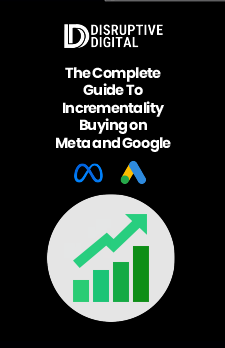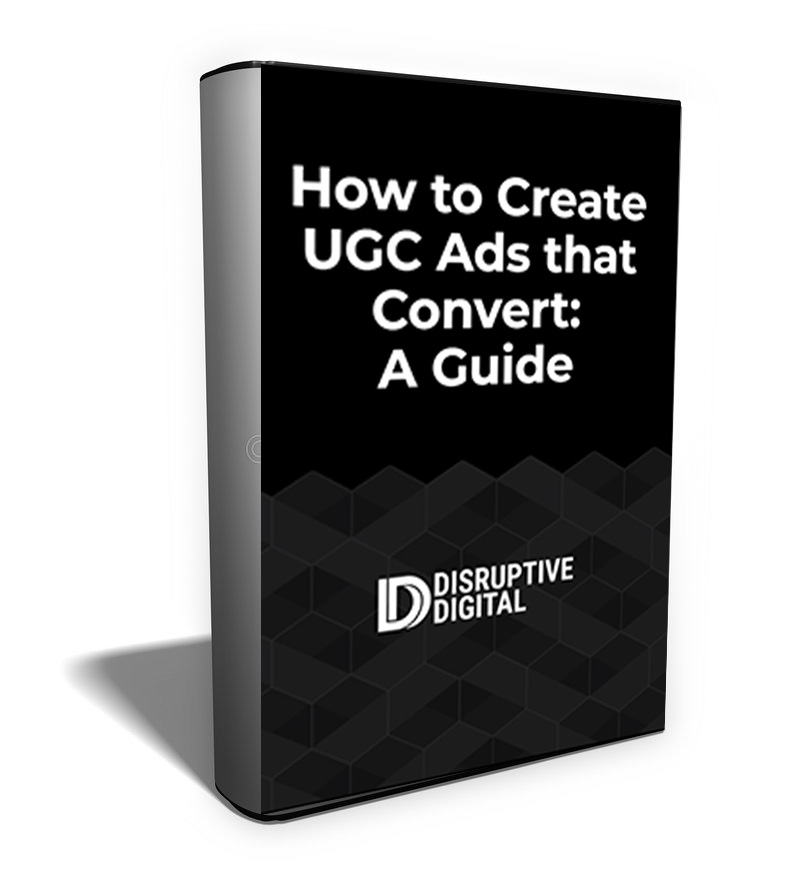FREE GUIDE
The Complete Guide to Incrementality Buying on Meta and Google
Your path to success begins with the Meta Account Report Card, your key to unlocking unparalleled insights and maximizing your social media presence.
The biggest money-losing mistake we commonly see when auditing Meta and Google advertising accounts is a strategy that does not focus on driving revenue which is incremental to a business.
Instead, it takes unfair credit for conversions that would have happened regardless of ads reaching the buyer or not. This can be extremely damaging to a businesses P&L as it often causes over investment of ad dollars based on an illusion caused by Meta and Google’s in-platform performance metrics.
Applying a real life case study to this topic, we had an advertiser where their previous agency thought they were doing a great job according to the 4X ROAS they were seeing for existing customers in Meta’s Ad reporting.
We were skeptical, so decided to run a lift test where we showed 50% of the audience ads, and the other 50% didn’t see ads. What we saw was that the ads delivered minimal impact in driving sales, and the 4X ROAS was only driving a 0.4X incremental ROAS. So they were losing money on a campaign that they thought was working really well!
Think about it, existing customers have experience with your product/service already. Their likelihood to buy again is often unprompted or prompted via marginal cost channels like email/SMS. Ads commonly have little to no impact on their decision.
Another similar area that is a recipe for damaging a businesses P&L is over investing on retargeting. Again, often the in platform ad performance looks strong to the naked eye – whereas it’s likely taking credit for conversions driven by other channels.
However please note, we aren’t saying don’t run retargeting or that you should immediately stop advertising to existing customers. Instead we are going to share our learnings on how to run these initiatives but drive results that are incremental to your business.
Ensure your media delineates between reaching new versus existing customers
Separate campaigns by new versus existing customers based on targeting exclusions: so if you want to reach new customers, exclude existing customers via pixel/CRM matching (lists can be refreshed with manual uploads or dynamically via api integrations like Klaviyo’s)
Meta specific: use the new versus existing customer budget allocation controls in ASC to cap investment according to your goals.
Google specific: for search and performance max campaigns optimize bidding toward new customers using the new customer acquisition goal
Google specific: exclude brand traffic from performance max campaigns
Don’t over invest when retargeting potential new customers, and monitor key metrics to validate performance
Ensure that your investment split is tilted towards prospecting (so reaching potential new customers) versus retargeting (those who have already visited your website/app). We commonly see a budget allocation of between 70%-80% prospecting/30%-20% retargeting works best, but your mileage may vary depending on the type of purchase you’re seeking to drive. E.g. higher value purchases tend to have a longer consideration period, therefore require more reminders to buy via retargeting.
Validate performance by:
Monitoring frequency: aim for 1-2 per user per week, consider decreasing your budget if it’s significantly above this.
Monitoring view based conversions: a large percentage of 1-day view or low percentage of 1-day click is a telltale sign that credit is being taken from other sales channels. To combat this you can test into bidding for only click conversions.
Have a strict approach when advertising towards existing customers
Again this post isn’t intended to say don’t advertise to existing customers. There are still a number of benefits to running ads to existing customers:
Some people need to be hit with multiple reminders to buy again
Some people don’t read their emails and need to be reached in a different medium like Facebook or Instagram
Therefore, here are our best practices when advertising to existing customers:
Limit your audience to people who are harder to reach on email/SMS: e.g. target those who haven’t opened/clicked on your email and/or SMS communications.
Validate performance by:
Monitoring frequency: as discussed previously, aim for 1-2 per user per week, consider decreasing your budget if it’s significantly above this.
Monitoring view based conversions: as discussed previously, a large percentage of 1-day view or low percentage of 1-day click is a telltale sign that credit is being taken from other sales channels. To combat this you can test into bidding for only click conversions.
Final word: we hope that reading this gives you the necessary guidance to ensure every dollar invested into your chosen online ad platforms will yield an incremental result! This is a topic we feel very strongly about, so feel free to share this post with anyone you think it can help.







